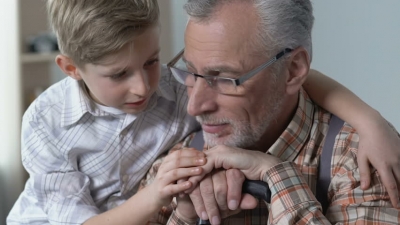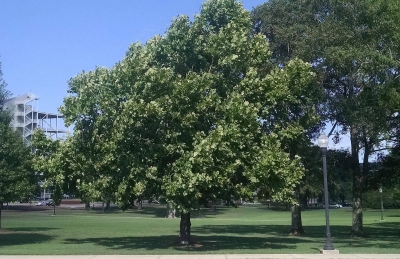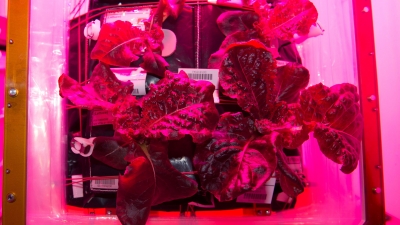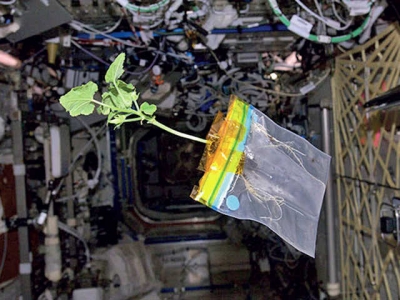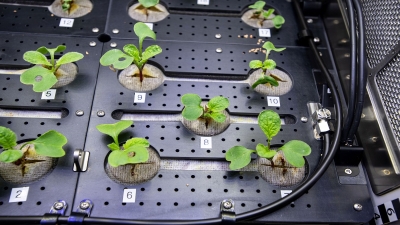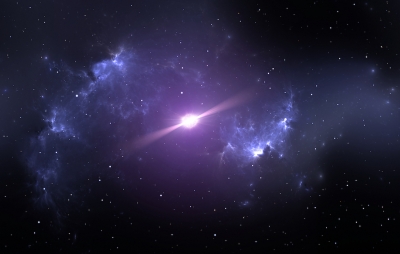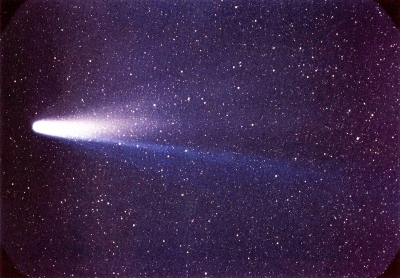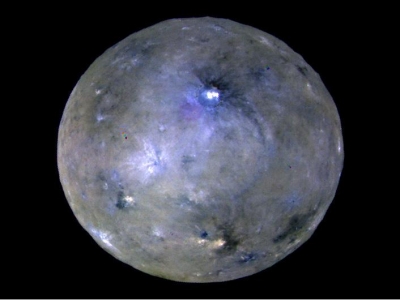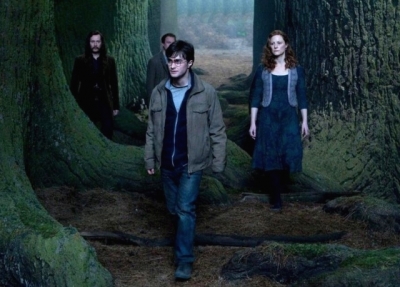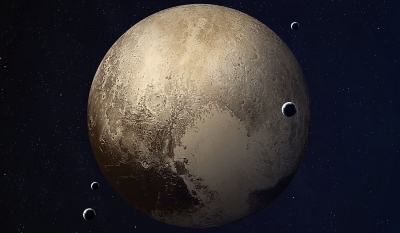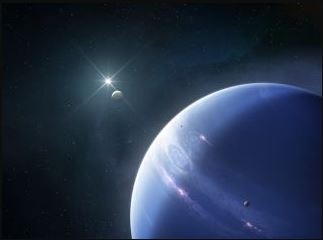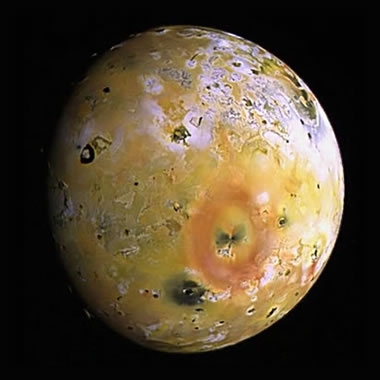I feel so bad to hurt him
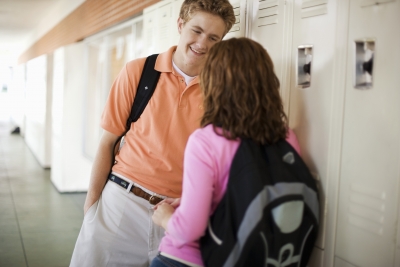
I am friendly with a boy in my class. He seems to be very serious about our relationship. But his friends and others who know him tell me that he is using me and he doesn’t really love me. When I asked him about it, he said he loves me a lot. At times, I think of quitting this relationship but I can’t, as I too love him, and feel so bad to hurt him. I don’t want to break his heart.
Sounds like you're in a dilemma about whether you should listen to your boyfriend's friends and discontinue your relationship with this friend, or follow your own feelings. Right now, he seems to be like the moon as – you see his good side, others see him "a user".
Remember, there is no smoke without fire, and with many people - mostly 'his friends' warning you, it makes sense to speak to them directly or ask a trusted friend to do so on your behalf. Ask them what makes them think/say that he is using you. Observe his behaviour with others. Find out whatever you can; you owe it to yourself.
Reflect on whether your relationship with him is healthy. If you "feel bad when you hurt him", "don't want to break his heart", and "can't stop myself from loving him”, these could be signs of an unhealthy relationship. You can be caring and compassionate, but you are not responsible for his behaviour (thoughts, feelings, etc.); you can only be responsible for you. If you respect yourself and decide that a relationship needs to end if it is harmful to you even if you love him – it is your right! The choice has to be yours.
So even if you are continuing with the relationship, follow relationship safety rules, and take your time to commit. If he is genuine and isn't using you, time will surely tell; till then you will have taken steps to be safe.
Picture Credit : Google

